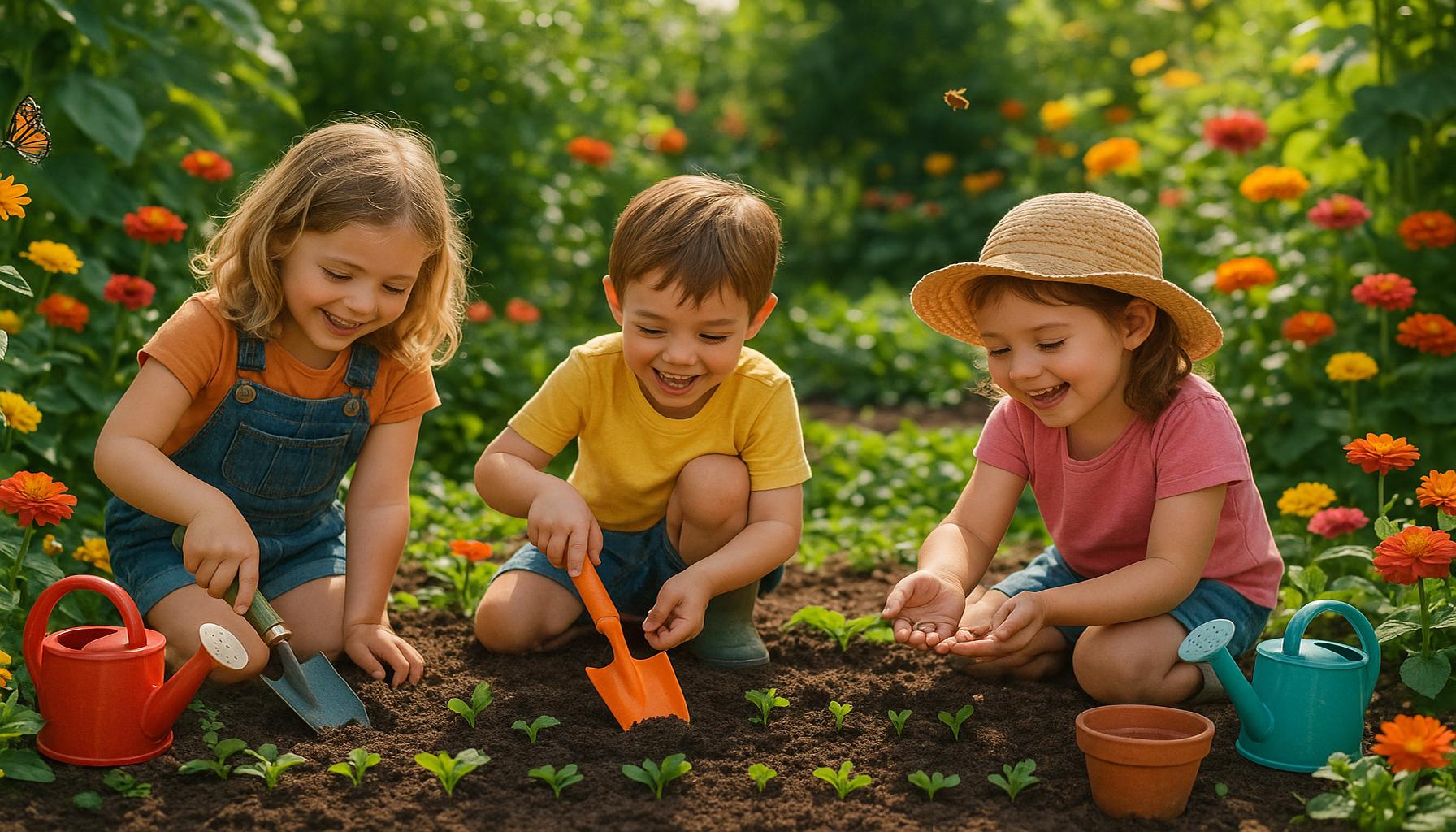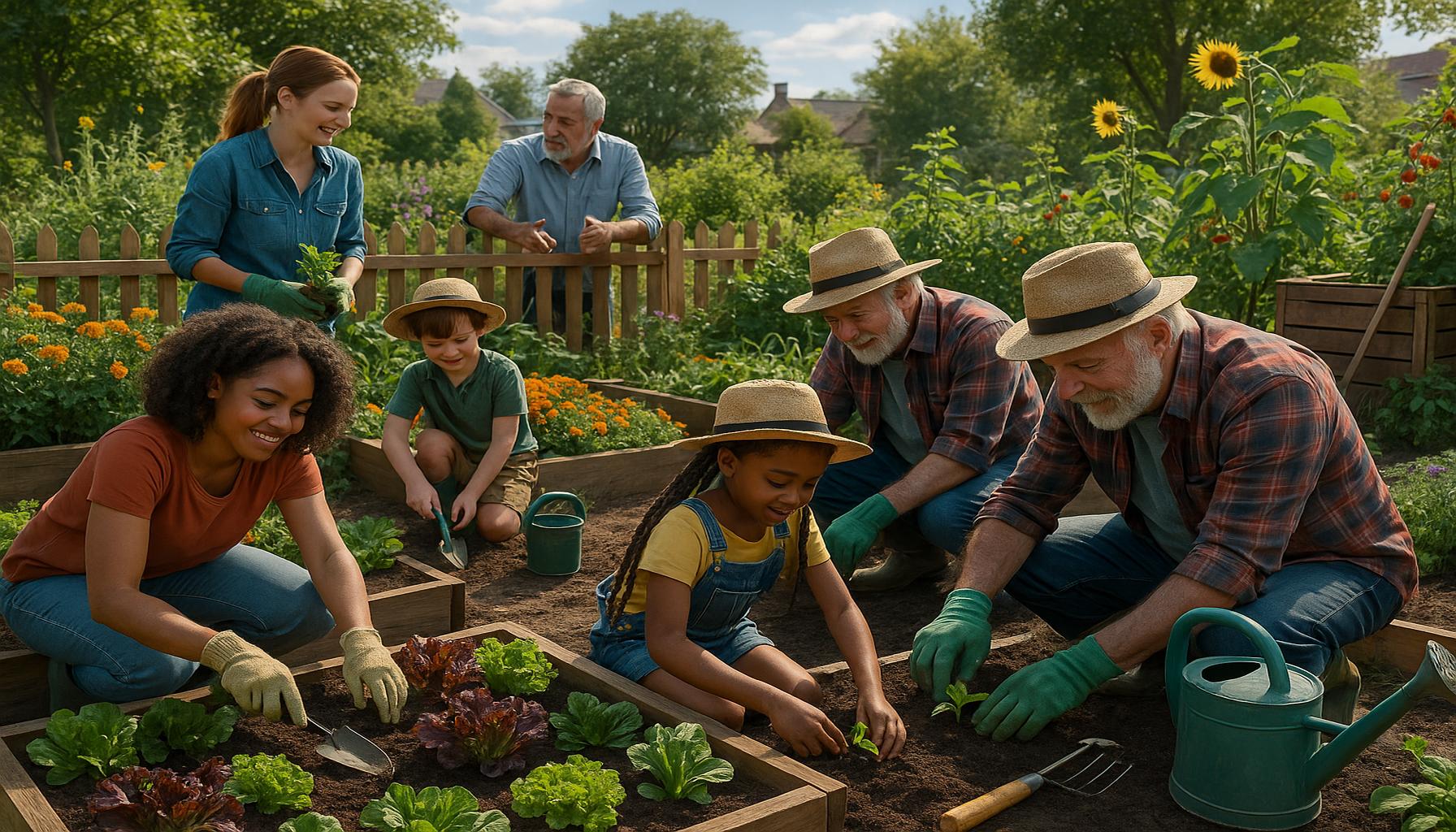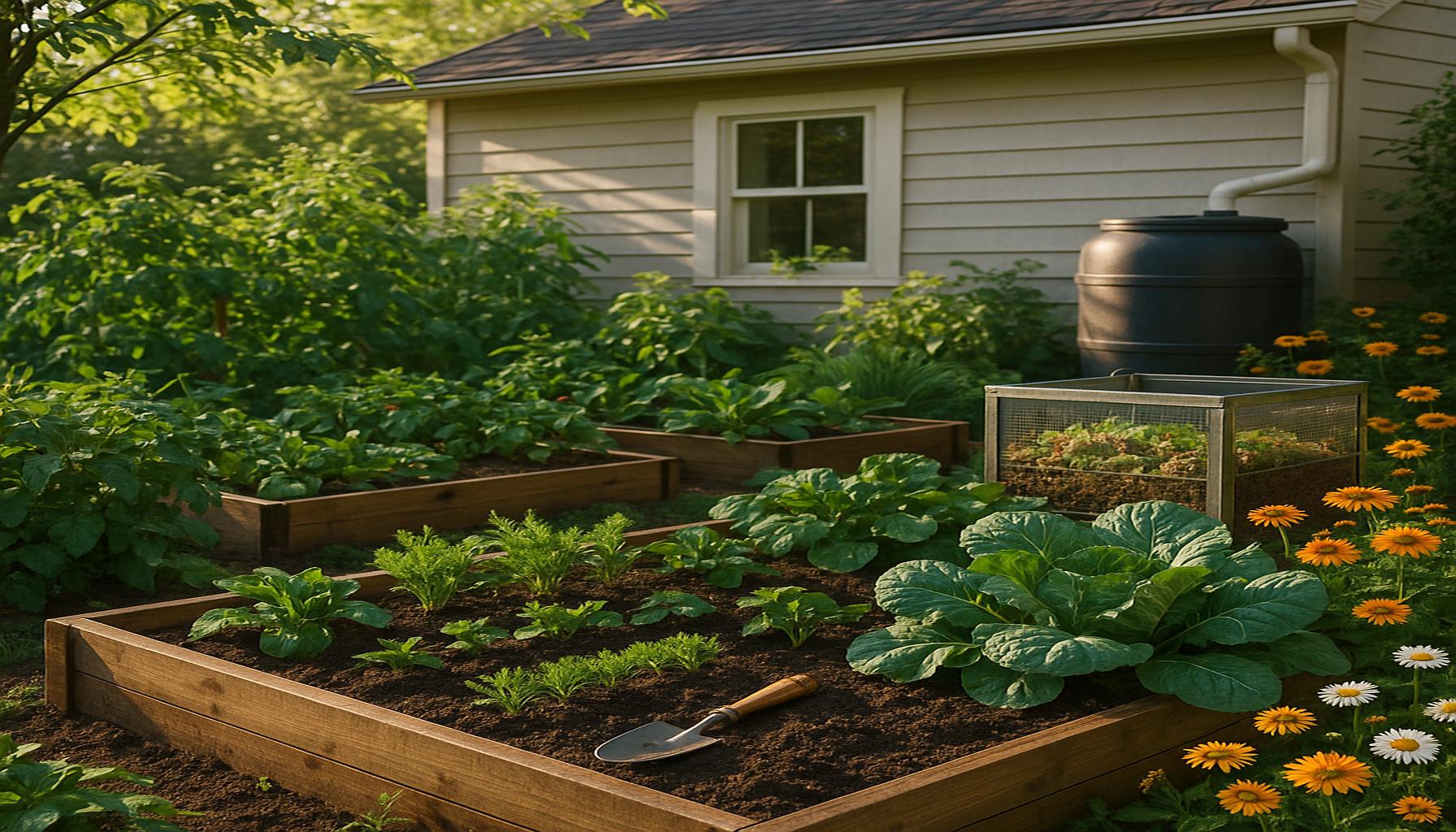Gardening for Health: How to Grow Medicinal Plants at Home
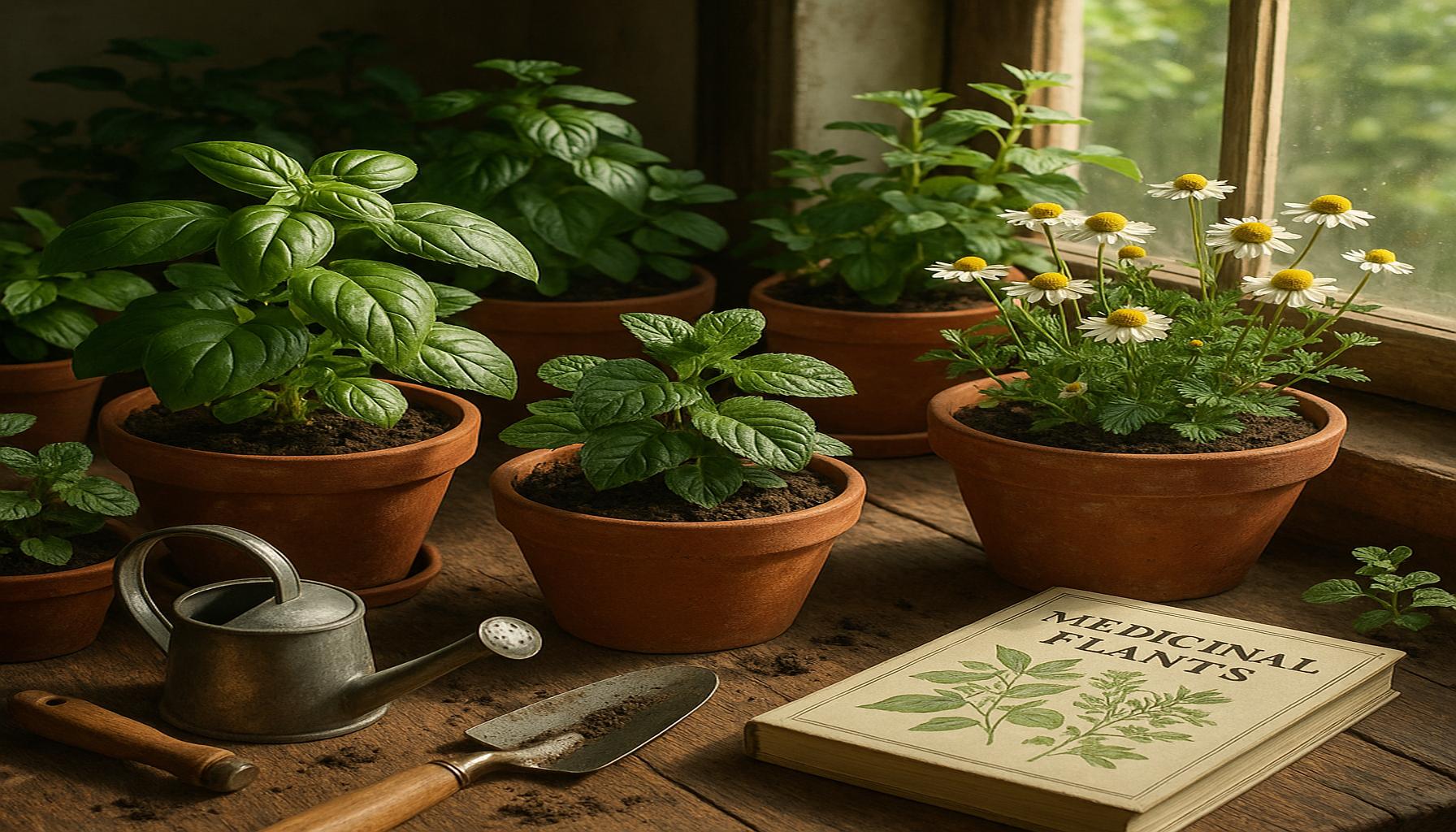
Explore the Benefits of Cultivating Medicinal Plants
Imagine stepping into your own backyard or kitchen and finding a treasure trove of medicinal plants ready to support your health. Gardening for health is not just a trend; it’s a growing movement aimed at reintroducing natural remedies into our daily lives. With the rise of holistic approaches to well-being, more people are learning how to cultivate these plants right at home. The growing interest in environmental sustainability and self-sufficiency has made home gardening not only a hobby but a significant lifestyle choice.
Why Grow Medicinal Plants?
- Accessibility: Having your own supply means you can easily access fresh herbs whenever you need them. No more last-minute grocery runs when you can simply step outside to gather what you need for a soothing tea or natural remedy.
- Sustainability: Growing your own medicinal plants reduces reliance on commercially processed remedies, many of which can contain additives and preservatives. By cultivating them yourself, you can ensure they are grown organically and sustainably, promoting biodiversity in your own backyard.
- Cost-Effective: Cultivating your own garden can save you money on herbal products. A packet of seeds often costs just a few dollars and can produce a bountiful harvest, ultimately reducing your need to purchase expensive herbal supplements or teas.
The benefits of using medicinal plants are vast, enriched by their history as remedies used in traditional practices. Whether you desire soothing teas, healing salves, or aromatic scents, you can find a place for these plants in your home. Popular options to consider for your medicinal garden include:
- Lavender: Known for its calming properties, lavender can help reduce anxiety and improve sleep. It is incredibly versatile, used in teas, essential oils, and even infused in baked goods for a delightful twist.
- Mint: Aids digestion and refreshes breath. Mint is easily versatile and can be used in everything from teas to salads, or even as a garnish for desserts.
- Chamomile: Great for relaxation and sleep. Chamomile tea is a classic remedy for insomnia and can be enjoyed in the evening as a comforting ritual.
With just a little space and effort, you can create a thriving garden that caters to your health needs. The beauty of home gardening lies in its accessibility; you don’t need an expansive yard. Many medicinal plants can thrive in pots on a balcony or a small outdoor space. This article will guide you through the essentials of growing medicinal plants at home, offering tips on choosing the right varieties, planting techniques, and caring for them effectively. Dive into this rewarding hobby and unlock the natural potential of your garden with the healing properties of plants!
DISCOVER MORE: Click here to enhance your communication skills
Getting Started: Choosing the Right Medicinal Plants
As you embark on your journey into the world of gardening for health, the first step lies in selecting the right medicinal plants that suit your needs and growing conditions. Understanding the properties of various plants can help you create a personalized garden that enhances both your physical and mental well-being. Here are several factors to consider when choosing your plants:
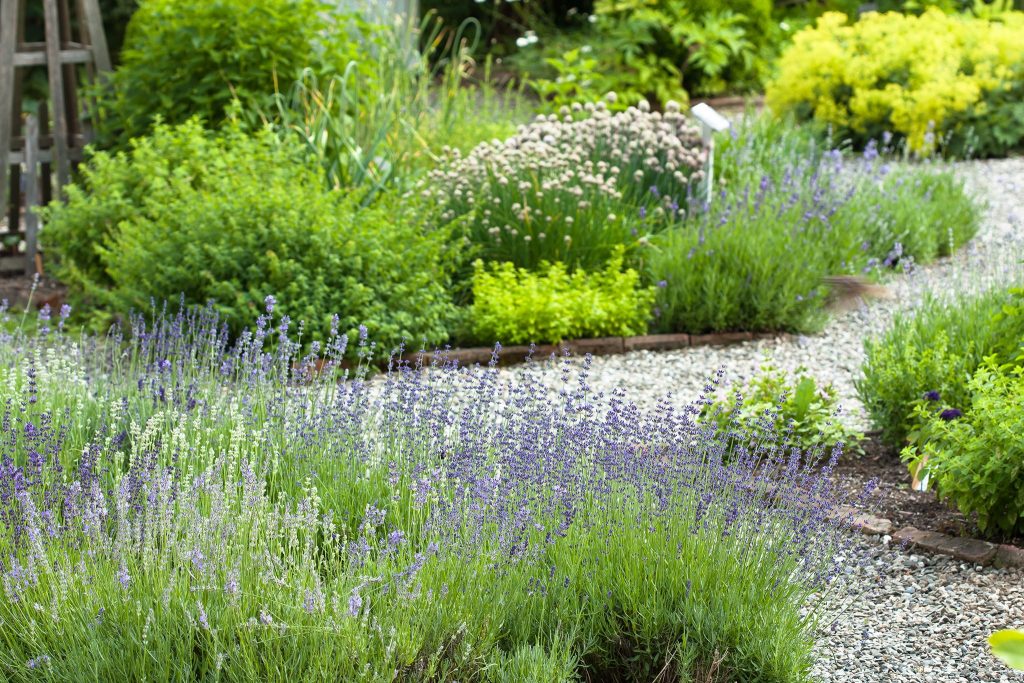
- Climate: Different plants thrive in various climates, so it’s crucial to select species that can adapt well to the environment in your region. For instance, the USDA Plant Hardiness Zone Map can help you understand which plants are best suited for your area, ensuring they flourish and provide the best health benefits.
- Space: Consider the space you have available for your garden. If you have limited space, opt for smaller plants or those that can grow in containers. Many medicinal plants, such as thyme or basil, can flourish in pots and still offer robust healing properties.
- Intended Use: Identify specific health concerns or goals you have in mind. Are you looking for stress relief, digestive support, or immune-boosting herbs? Selecting plants like echinacea for immune health or lemon balm for stress relief can serve your specific needs.
Once you’ve made your selections, the next step is to understand the fundamentals of planting, as the successful growth of these medicinal plants will depend on proper preparation. Here are key aspects to consider:
Planting Techniques
- Soil Preparation: Healthy soil is the foundation for your plants’ success. Begin by enriching your soil with organic matter such as compost or well-rotted manure. This not only provides essential nutrients but also improves soil texture and water retention.
- Seed vs. Seedling: Decide whether to start from seeds or buy established seedlings. Seeds are often less expensive and provide a wider selection, while seedlings can give you a head start. If you choose seeds, follow the packet instructions carefully for planting depth and spacing.
- Watering: Proper watering techniques are critical. New plants require consistent moisture, especially after planting. However, it’s essential to avoid overwatering, which can lead to root rot. A good rule of thumb is to check the soil moisture before watering—if the top inch of soil is dry, it’s time to water.
With an understanding of the right plants and planting techniques, you’ll be well on your way to creating a flourishing medicinal herb garden. Remember, the journey may present challenges, but they are part of the rewarding experience of gardening. As your plants grow, so can your knowledge of natural remedies, ultimately fostering a deeper connection to both nature and your personal health.
| Category | Advantages |
|---|---|
| Improved Mental Health | Gardening provides a therapeutic effect, reducing stress and anxiety while enhancing mood through physical activity and nurturing plants. |
| Natural Remedies | Growing medicinal plants allows for easy access to natural remedies that can aid in various ailments, promoting a healthier lifestyle without reliance on manufactured drugs. |
Gardening for Health can significantly enhance one’s quality of life. Research supports the notion that spending time tending to plants not only boosts physical health through low-impact exercise but also brings about emotional benefits. Many people report feeling a sense of accomplishment and joy in growing their own food and medicine. Additionally, beginners can start small by growing herbs like basil or chamomile, which require minimal care while offering substantial health benefits. The medicinal properties of various plants can also be profound. For instance, aloe vera is well-known for its healing effects on skin issues, while peppermint is excellent for digestive health. By incorporating these plants into your home garden, you not only reduce your grocery bill but also ensure you’re consuming top-quality, chemical-free products. Experiencing the joys of gardening while cultivating health-promoting plants is an enriching journey. With every seed sown, you’re investing in your physical and mental well-being, making it both an art and a science worth exploring further.
DIVE DEEPER: Click here to uncover the therapeutic benefits of art
Care and Maintenance: Nurturing Your Medicinal Plants
After planting your medicinal herbs, the journey continues with proper care and maintenance. Just like any living thing, your plants require attention, and understanding their needs will enable you to reap the full health benefits they offer. Here’s a comprehensive guide to ensuring your garden thrives:
Fertilization and Feeding
- Organic Fertilizers: To keep your plants healthy, incorporate organic fertilizers such as fish emulsion, bone meal, or worm castings into your care regimen. These options provide essential nutrients that are vital for plant growth without the harsh chemicals harmful to your garden’s ecosystem.
- Seasonal Adjustments: During the growing season, fluctuating weather conditions can impact nutrient uptake. Pay attention to your plants’ growth stages—lighter fertilization may be necessary during peak growth, while reduced feeding is appropriate as plants enter dormancy.
Pest Management
As with any garden, medicinal plants are prone to various pests. Integrating strategies to manage infestations while minimizing chemical exposure can protect both your plants and your health:
- Companion Planting: Some herbs naturally repel pests. For instance, planting marigolds with your medicinal herbs can deter aphids and nematodes. Such synergy not only protects your plants but also enhances biodiversity in your garden.
- Natural Remedies: If pests are spotted, consider using homemade sprays from ingredients such as garlic or chili pepper, which are often effective against common garden pests. This method aligns with the organic ethos and promotes a healthier environment.
Harvesting: Timing and Techniques
Harvesting is an essential element in the gardening process, especially when it comes to utilizing the medicinal properties of your plants. Understanding the right time and technique for harvesting is crucial:
- When to Harvest: The best time to harvest most herbs is just before they bloom, as this is when they are most potent. For instance, harvesting chamomile flowers just before they open will yield the best flavor and medicinal benefits.
- Harvesting Techniques: Use clean, sharp scissors or pruning shears to cut your plants. Aim to remove only a third of the plant at a time to encourage continued growth. Avoid tearing or pulling, as this can damage the plant.
Drying and Preserving Herbal Medicine
Once harvested, many medicinal plants can be dried and preserved for later use. This practice not only extends the shelf life of your herbs but can also enhance their flavor and potency:
- Drying Methods: There are several ways to dry herbs at home. Air drying is the simplest; just hang bunches of herbs in a cool, dry place. Alternatively, using a food dehydrator or even an oven on a low setting can speed up the process while preserving essential oils.
- Storage Techniques: Once dried, store your herbs in airtight containers, away from light and moisture, to maintain their potency. Label each container with the name and harvest date for reference.
With a solid understanding of care and maintenance, you can nurture your medicinal plants to not only thrive but also serve as a continual source of natural remedies. Through attention and dedication, your garden can become a sanctuary for both your well-being and a harmonious relationship with nature.
DON’T MISS OUT: Click here for innovative gardening ideas
Conclusion: The Healing Power of Home Gardening
In conclusion, gardening for health through the cultivation of medicinal plants at home offers a wealth of benefits that extend beyond basic aesthetics. As we have explored, this rewarding hobby not only provides access to natural remedies but also fosters a deep connection with nature, promoting mental well-being and encouraging a healthier lifestyle. By understanding seed selection, soil preparation, and care techniques, every gardener, regardless of experience level, can create a thriving sanctuary of healing herbs.
The journey involves regular engagement with your plants, ensuring their healthy growth while cultivating vital skills like organic pest management and sustainable practices. The ability to harvest your own herbs provides not just a bounty of potent medicinal properties but also a finance-friendly approach to health care. Educating oneself on the uses of herbs like lavender for relaxation or peppermint for digestive health opens doors to exploring holistic remedies that have stood the test of time.
As you venture into the world of medicinal gardening, remember that starting small is perfectly acceptable. Engage with gardening communities, seek additional resources, or attend local workshops to expand your knowledge. The world of medicinal plants is vast and fascinating, and your garden can be an ever-evolving learning experience. Embrace this opportunity to cultivate not just your plants but also your health and happiness, making gardening a vital ingredient in your daily life.
